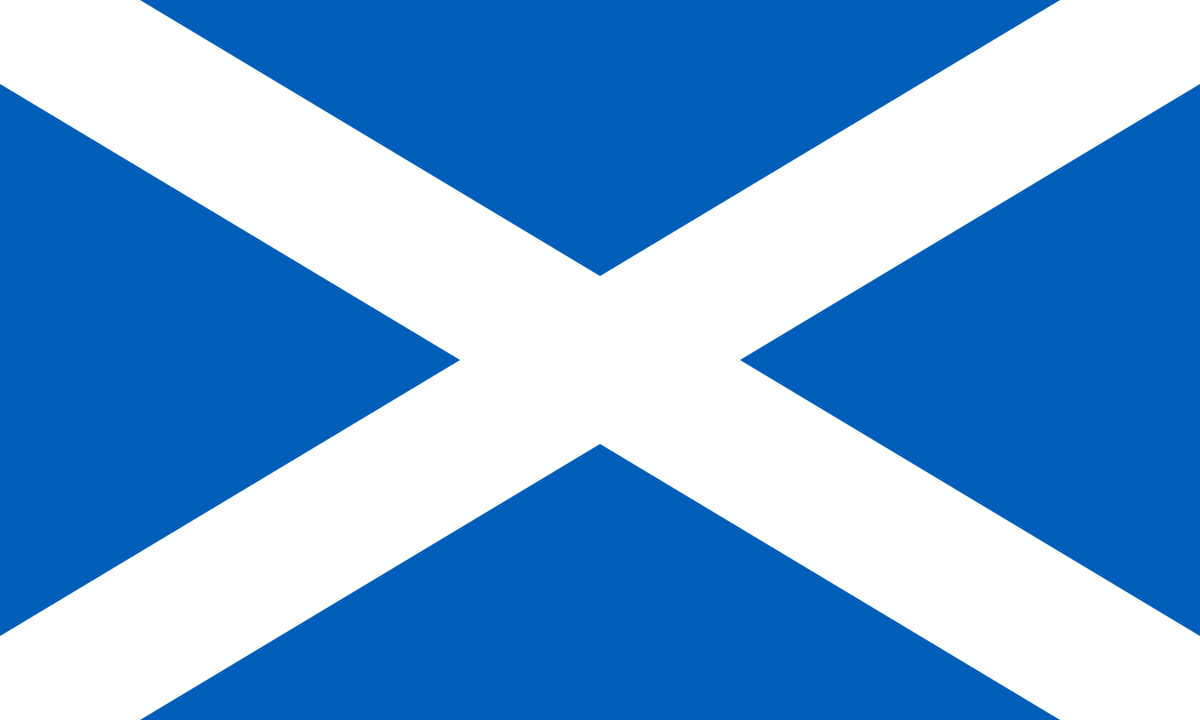Local Recipes
Lorne Sausage
If you have been to Scotland and eaten breakfast there, then you will have noticed something strange about their local breakfast sausage - yes, it's SQUARE! The shape doesn't prevent it from being downright delicious though!
500g minced beef
500g minced pork
150g fine breadcumbs
1/4 teaspoon black pepper
1 teaspoon nutmeg
2 teaspoons ground coriander
a pinch of salt
150ml water
Line a 1lb loaf tin with cling film, with enough to cover the top as well.
Mix the two meats together well.
Combine all ingredients, mixing well. Add water and mix until evenly combined.
Press mix into loaf tin, ensuring no air gaps, and cover with the cling film. Freeze for about 3 hours.
Remove from loaf tin and cut into slices. Wrap and freeze individually.
To use, defrost 12 hours in fridge before using.
=========================================================
Scottish Pineapple Tarts
Servings: 12 Tarts
INGREDIENTS
For the Pastry
- 175 g Butter or Margarine (at room temperature)
- 65 g Caster Sugar
- 250 g Plain Flour
For the Jam
- 435 g Pineapple Slices in Juice (one tin)
- 250 g Caster Sugar
For the Cream Filling
- 300 ml Double Cream
- 3 tbsp Icing Sugar
For the Yellow Icing
- 300 g Icing Sugar
- 3-4 tbsp Water
- Yellow Food Colouring
INSTRUCTIONS
For the Pastry
- In a large bowl, cream together the butter/margarine and sugar until light and fluffy. Sift in the flour and mix to create a soft dough, using your hands to bring it together when necessary. Gently knead the dough on a clean surface to ensure it is completely combined, before wrapping the dough in cling film and placing in the fridge for 30 minutes to firm up a little.This is a good time to prepare the Pineapple Jam (instructions below).
- Meanwhile, pre-heat your oven to 180°c (160°c for fan assisted ovens or Gas Mark 4). After 30 minutes, remove your dough from the fridge. Grease a 12-hole cup bun tray with a little butter/margarine and set aside.
- Roll your dough to about 5mm thick and using a round cutter which is a little bigger than the cups on your bun tray, cut 12 circles. Carefully transfer each circle to your pre-greased tray, gently ensuring no air is caught underneath each and pressing the bottom and edges into place.
- Prick a few holes into the bottom of each pastry cup, before lining them (I used a paper cupcake case for lining) and filling with some baking beans. Bake for about 15 minutes, remove the baking beans and bake for a further 5 minutes, until the pastry cases are golden in colour. Allow to cool a little before adding the fillings.
For the Jam
- Drain the juice from your tinned pineapple into a pan. Add the sugar to the pan. Roughly chop the pineapple slices before also adding to the pan.
- Bring the mixture to a boil and allow to boil for 20-30 minutes, watching closely and stirring often. After which time it will still be slightly syrupy but the pineapple will have darkened in colour.
- Transfer the jam to a sterilised jar (or allow to cool for a while before transferring to a saleable plastic container).* Please note this considered a "easy jam" recipe and won't set quite the same as shop-bought jam. And unless stored in a sterilised jar, should only be kept for a few days.
- Allow to cool completely before using in Pineapple Tarts. Spoon a heaped teaspoon of jam into each pastry casing.
For the Cream Filling
- In a large bowl, whisk the cream and icing sugar. If using an electric whisk, stop just before you think you have whisked enough – it's very easy to over-whisk cream with an electric whisk.
- Transfer the cream to a piping bag with a large circular opening (or simply cut a few centimetres up a disposable piping bag) and pipe about a ping-pong ball amount of cream onto the top of each jam-filled pastry casing. Alternatively simply spoon on the cream. Place into the fridge whilst you prepare the icing.* It is very important to leave a little gap between the cream and pastry (enough to be able to see the jam underneath). This allow the icing to pool and not over-flow the edges.
For the Yellow Icing
- In a bowl, mix the icing sugar with the water, adding a little at a time. You want a just pour-able consistency. Add the yellow food colouring to create your desired stage. Gel food colouring is preferable but just watch the consistency of your icing if you are using a different kind of food colouring.
- Starting with just a teaspoon, pour a little icing on top of the cream. After it has started to run down the cream, you can see where more is required and simply pour a little more into these places.
- Allow the icing to set before serving.
- ========================
Scottish Spiced Tea Cake
N.B. this recipe uses American measuring cups
1 cup strong black tea
2 oz. butter
1/4 cup apple sauce
1/2 cup raisins
1/3 cup grated carrot
2 1/3 cups plain flour
1/2 cup caster sugar
1 tablespoon baking powder
1/2 teaspoon bicarb of soda
1 teaspoon cinnamon
1/2 teaspoon allspice
1/4 teaspoon nutmeg
1/4 teaspoon ground ginger
1/2 teaspoon salt
1 egg. beaten
Grease and line 1lb loaf tin
Melt butter, add tea, applesauce, raisins and carrot in a large saucepan. Simmer 1 minute then allow to cool completely. Beat in egg.
Sift together dry ingredients, add to pan and mix well.
Pour into loaf tin and level top. Bake for 1 hour at 180 degrees C. until a skewer inserted into the middle comes out clean.
========================================================





No comments:
Post a Comment